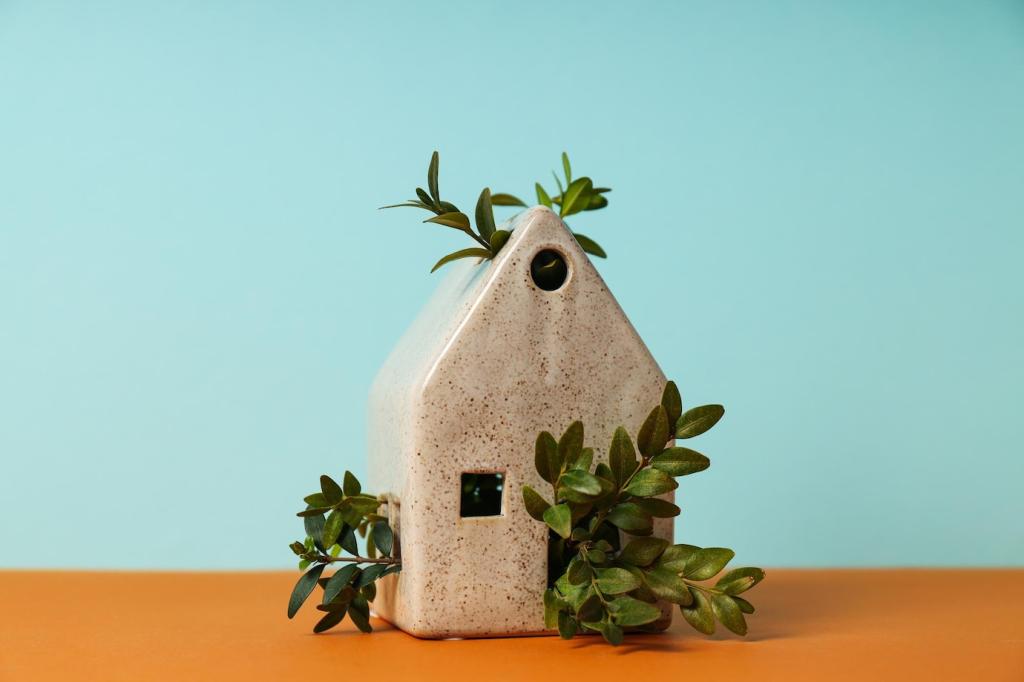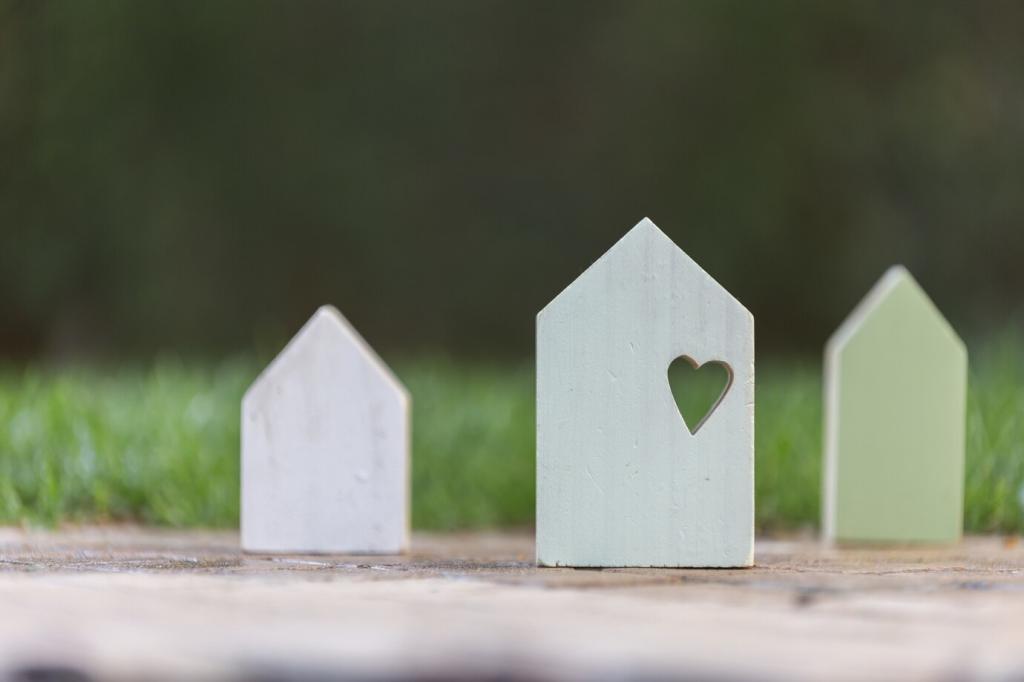Transforming Old Furniture into Modern Pieces
Spotting Potential: Choosing the Right Candidates
Read the Bones, Not the Blemishes
Look beyond scratches and scuffs to the silhouette, joinery, and sturdiness. A solid frame, snug drawers, and pleasing proportions matter more than dated finishes. If it stands square, glides fairly, and feels heavy for its size, you probably have a modern-ready gem.
Solid Wood, Veneer, or Laminate
Identify materials before you plan. Solid wood sands deeply and accepts stain; veneer requires gentle care; laminate prefers thorough scuffing and specialty primers. Knowing the surface helps you choose the right products, avoid damage, and set realistic expectations for the final look.
A Thrift-Store Dresser That Surprised Me
I once found a scratched, orange-toned dresser with sticky drawers. Under the dated color were clean lines and tight dovetails. With new legs and a satin paint, it became a calm, modern anchor. Share your own finds in the comments and tell us what details caught your eye.

Preparation That Makes Perfection
Deep Clean and Degloss
Wash away oils and waxes with a dedicated cleaner or a mild degreaser, then degloss if needed. Residue sabotages adhesion, so spend extra minutes here. Remove hardware, label parts, and mask areas you want to protect. Your paint will thank you with smoother, longer-lasting results.
Smart Repairs for Lasting Strength
Tighten screws, re-glue loose joints, and fill divots with a compatible wood filler. Clamp wobbly legs overnight for a rock-solid base. Replace broken drawer slides and square the case with simple shims. The goal is invisible repair and dependable function that feels brand-new when handled.
Sanding Without the Stress
Use a grit progression—typically 120 to level, 180 to refine, 220 to finish—while respecting thin veneer. Always sand with the grain and vacuum between passes. Wear a dust mask or respirator and keep the workspace ventilated. Subscribe for our printable prep checklist to keep steps tidy.
Modern Finishes: Paints, Stains, and Textures
Matte and satin sheens feel modern and forgiving, while durable cabinet paints resist fingerprints. Consider low- or no-VOC formulas for healthier indoor projects. Test colors on a hidden area and observe in daylight and lamplight. When in doubt, warm neutrals pair beautifully with minimalist lines.


Hardware and Silhouette Updates
Sleek bars, discreet edge pulls, or rounded knobs in brushed brass, black, or stainless can redefine a face. Consider scale and spacing to keep symmetry tight. Use a template to drill consistently and test layout with painter’s tape before committing to holes.
Hardware and Silhouette Updates
Swap blocky bases for tapered legs, steel hairpins, or a recessed plinth to create lighter proportions. The added air beneath a piece visually modernizes heavy forms. Ensure the new base supports weight correctly and aligns with door and drawer clearances.
Sustainable and Safe Upcycling
Furniture waste grows quickly in landfills, but extending a piece’s life reduces demand for new materials and energy. Transforming instead of discarding preserves character while shrinking your footprint. Share your best tip for keeping pieces in circulation and inspire others to do the same.
Test for lead-based paint if the piece may predate the late 1970s, and use proper containment if present. Ventilate well, wear gloves and a respirator when sanding, and choose low-VOC products whenever possible. Safety makes the creative process calmer, cleaner, and far more enjoyable.
Set a realistic scope before you start: materials, tools, and time. Avoid scope creep by listing must-do and nice-to-have tasks. Track your steps, celebrate progress, and ask questions in the comments. We’ll happily recommend alternatives that save money without compromising the modern result.
Styling, Photography, and Sharing Your Story

Styling for Modern Calm
Let the updated piece breathe with negative space, a balanced lamp, and one tactile accent like a ceramic vase or linen runner. Limit colors to a tight palette so lines stay the focus. Your restraint lets craftsmanship and finish take the spotlight naturally.

Before-and-After That Pops
Shoot in natural light, square the camera to the piece, and keep backgrounds uncluttered. Capture details—hardware, edges, grain—and a full-room shot. Consistent angles between before and after make the change unmistakable. Consider a short reel showing each step to engage curious viewers.

Join the Community and Keep Learning
Post your makeover, tag us, and share what challenged you most. Ask questions, swap product recommendations, and subscribe for weekly tutorials focused on transforming old furniture into modern pieces. Your story might be the nudge someone needs to rescue their next great find.
